Most toddlers love being around water, no matter if it is at the beach, on a boat, by a pool, in a water park, or only in the bathtub. All parents should be concerned about toddlers who are around any body of water, no matter how shallow it is. Even if a wading pool is in question, the risk for drowning is there. Children, at this age – 12 to 36 months – are pretty active; they can walk and run, but they are very clumsy too, so it is not surprising that drowning is a very common cause of death at this age. Another thing is that their head is rather large for the body, so they are prone to falling on it. That way, they can drop head-first into water and that can happen quietly. Sometimes, there won’t be a splash or screaming after a fall in a pool, so the parents won’t even know that their kid is in the water, possibly drowning. The head to body ratio is also important when it comes to leaving unemptied water containers around the house – especially ones that won’t easily move or tumble down like rainwater collector bins, kiddie pools, or buckets with any liquid, especially paint or chemicals.
Namely, if the toddler puts the head above it to see what is inside the open-top liquid container, it might weight him down into the liquid and he won’t be able to pull himself up. This makes water fountains, backyard wells, ponds, or irrigation/drainage ditches a drowning hazard as well.
Contents
1. Constant and close supervision
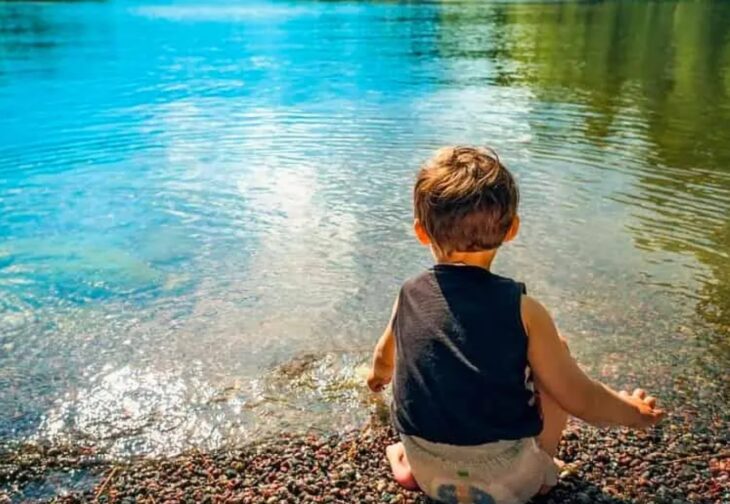
Source: Life Jacket Expert
Regardless if you are at the beach, by a pool, or just getting your toddler ready for a bath, you must watch him (or her) all the time. It is also recommended that you keep your kid within arm’s reach, too. If you are outdoors, it is expected that the toddler would want to run around, play, and get in the water, so make sure you have your eye on them at all times, and you are nearby in case something goes wrong. Even the toddlers who have attended swimming lessons are at risk and should not be left alone and unsupervised since they might panic while in the water, forget what they have been taught at the swimming lessons, and drown. If you need to leave the area where the body of water is located, take your kid with you.
On the other hand, if you are in the comfort in your own bathroom, getting ready to give the child a bath, make sure you gather all the things you might need and to keep them close. Don’t leave the toddler alone in the bathtub, even if there is very little, or no water at all. They can fiddle around with the faucet and turn on the hot water which might result in burns. Or, if they fall in the tub, they can drown in less than one inch of water (around 2.5 cm). If your phone rings, or someone is at the door and you must answer, wrap the child in a towel and bring it with along with you. It takes only seconds for a toddler to drown, or get scalded by hot water.
2. Life jackets
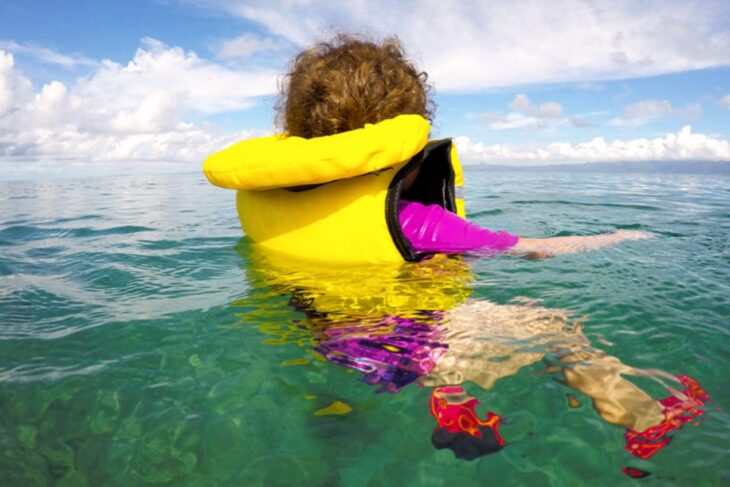
Source: Rejuvenate Marine
Don’t rely on random flotation devices – most of them were not meant to be life preservers. Life jackets are personal flotation devices (PEDs) that have been designed to keep the wearer afloat in water. Pool noodles, water wings, swim rings, inflatable tubes, arm floats, and rafts ARE NOT SUCH DEVICES and should not be used for that purpose. Life jackets (also referred to as life vests, life belts, buoyancy aids, and life preservers) that are approved by the U.S. Coast Guard are the best option to keep your toddler safe in the water, but even then, don’t forget to supervise them all the time. If you want to find some of the best toddler life jackets, visit Parenthood.Guide.
If you have a pool in your backyard, apart from the flotation devices, you should also have a reach tool, like a shepherd’s crook, for a case of emergency. Also, both parents should know how to swim.
3. Swimming lessons
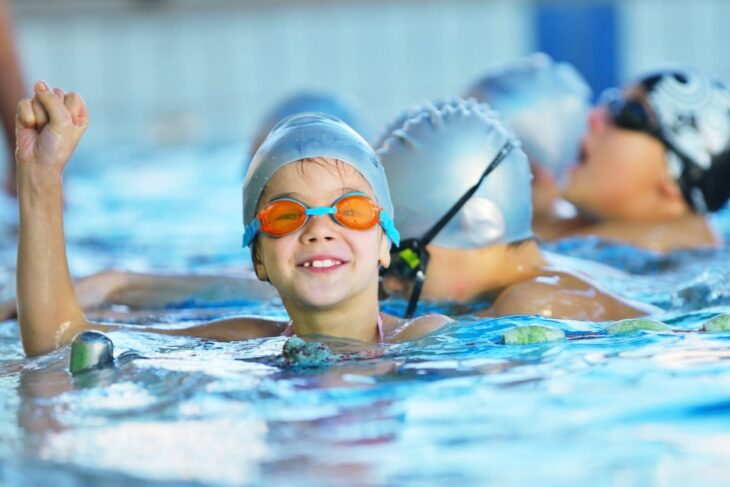
Source: aspire@southfields
The American Academy of Pediatrics (APP) advises that all children and parents learn to swim, with recommendations that the kids take formal swimming lessons after the age of one. They need to reach a particular age so that they can build up certain strengths, develop their coordination, be able to obey the instructor, and cooperate with the other children. However, even if the children are very good at swimming, that doesn’t mean they should be left unattended. This is just one more measure to ensure their safety.
4. Set up water rules
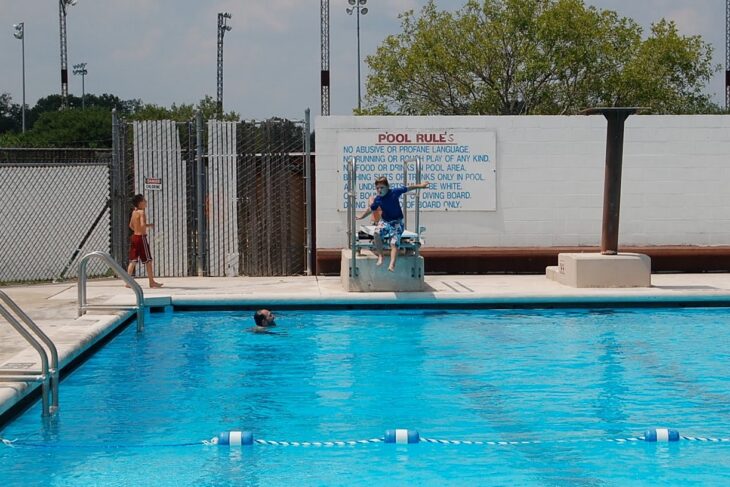
Source: Rickstrew Ranch
We recommend setting up a few rules, and some of them should include:
- no running around the pool or diving in the shallow end
- no pushing people in or pulling them under the water
- no getting in the water without adult supervision under any circumstances
5. Install secure water barriers
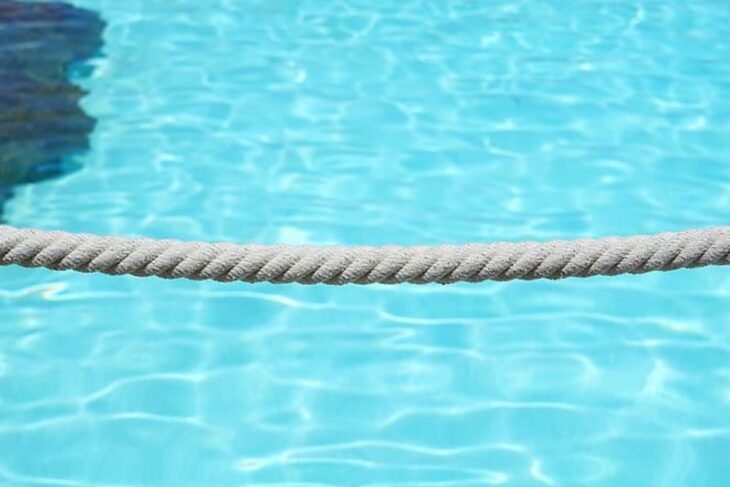
Source: Pikist
If you have a swimming pool at home, it is very important to install a fence around it, so that the child won’t have access to it unless you allow it. Enclose your pool with a fence or a wall that will have the proper height and a self-closing and self-latching gate that a toddler won’t be able to open. Also, don’t go inside the house, leaving the kids alone in or at the pool for any reason.
6. Choose the right beach
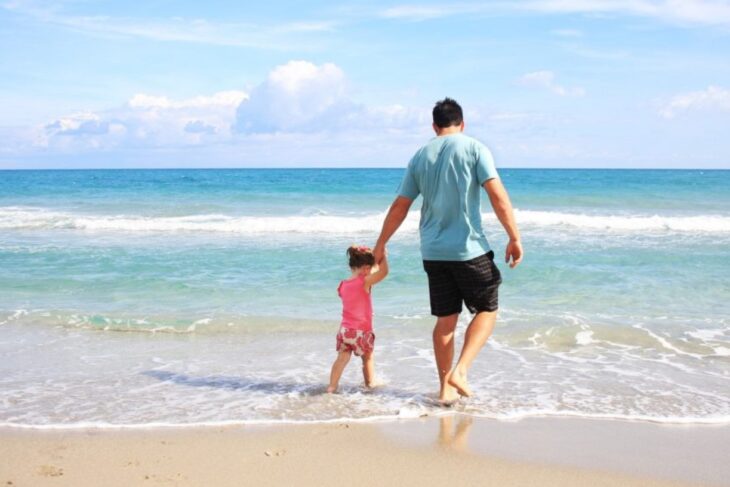
Source: RVshare
You should do research before going to a beach, since some have waves more often than others, or you will find more jellyfish in their waters. Have all these things in mind when choosing a beach for your holiday. Also, it is important to watch the sea or ocean for a while before getting into the water. That way you can evaluate if there are lifeguards, red flags, large waves, etc.
We would also recommend that you teach your toddler to never bury their feet in the sand at the shallow part of the water since as the waves come, they can get stuck, and end up injured or even drown.
7. Learn First Aid and CPR
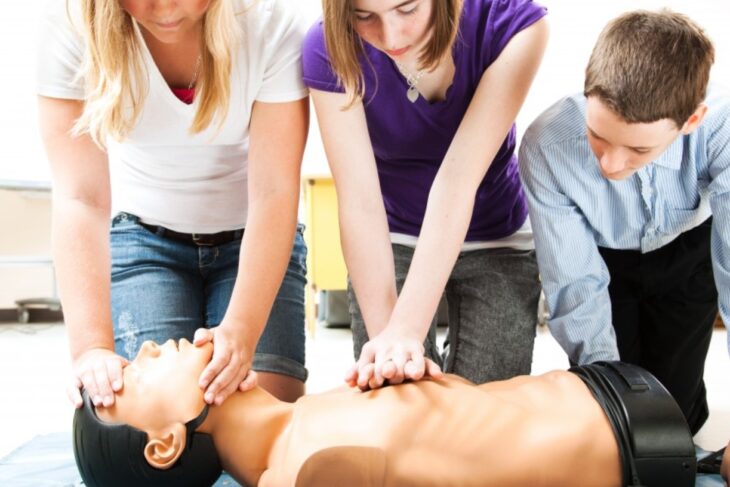
Source: SureFire CPR
Even though most parents don’t have a medical background, it is important that they learn how to do CPR and to know a few things when it comes to providing first aid. These things don’t require extensive medical knowledge, and you would be able to save someone’s life or at least keep as safe (and alive) as possible until the ambulance comes. Check the guidelines for CPR for different ages, as they are updated every few years.
